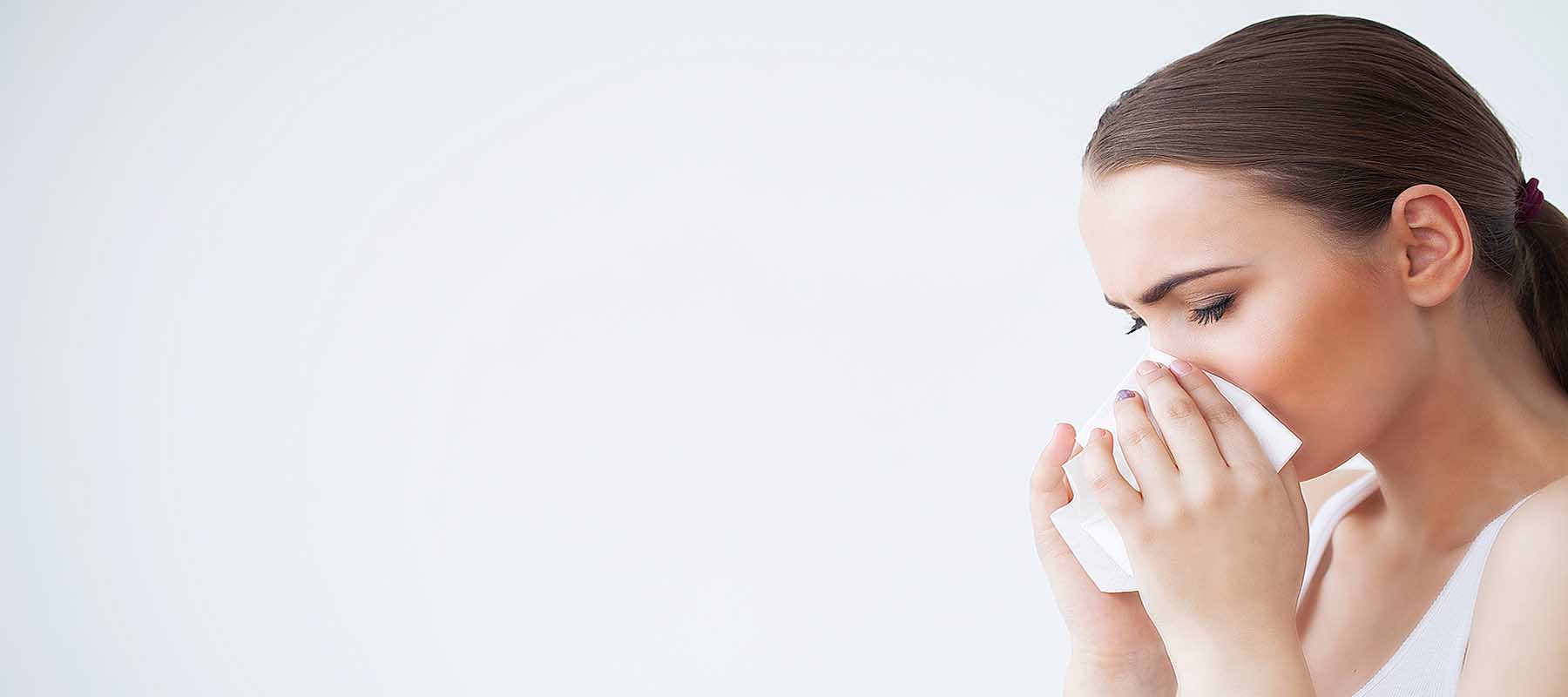We have been getting plenty of calls from people who were flooded as a result of the recent rains on top of the deluge from Irene and Lee.
Mold in basements, mold on docks, mold on decks, in kitchens, bathrooms, bedrooms…..mold is everywhere! They all want help in cleaning up mold.
Mold Wants Water – Stop the Water
Mold wants moisture This is not hard to come by lately, especially if you are in the mid-Atlantic, Northeast or Deep South. The first step to cleaning any mold problem is to get rid of the moisture. If there is a leak, fit it! You are wasting your time and money if you are cleaning up mold and not stopping the source of water. The mold will just return when the water returns.
Mold Wants Food – Cut Off the Food Supply
The second step is removing water-damaged materials. If this includes taking down walls or removing cabinets, make sure that you set up a containment area and run a HEPA air cleaner for mold to keep from spreading the spores. Cleaning up mold also means containing mold. When we did mold remediation, we removed drywall in 4 foot sections. If the furring strips and studs are in good condition, they can be HEPA vacuumed with a sealed vacuum (such as made by Nilfisk) to remove any spores. By removing the water damaged areas, you are removing the food source for the mold. If you are cleaning up mold and not removing the food source, you are wasting your time and energy.
Kill The Spores – Die Mold Die!
The entire area needs to be treated with an antimicrobial agent to kill any remaining mold. We recommend Vital-Oxide antimicrobial spray over bleach. The active ingredient in Vital-Oxide is chlorine dioxide. It will kill the mold spores without the pungent odor and corrosive properties associated with chlorine beach. It is also much safer to use than bleach. Vital Oxide is vital to cleaning up mold to keep it from returning.
Keep the Mold from Coming Back
Once the treated area has dried, you might want to use a sealant like SureCote if the area is going to continue to be exposed to the elements (like an outside deck or patio). The SureCote will provide a clear, protective coating that resists mold growth. If the area is not outside, you can skip the SureCote. Just proceed to rebuilding.
Remember, Mold 101, first stop the moisture, then clean up, then treat with an anti-microbial.
The Allergy Store
©Copyright 1996-2013 AllergyStore.com™ All Rights Reserved
